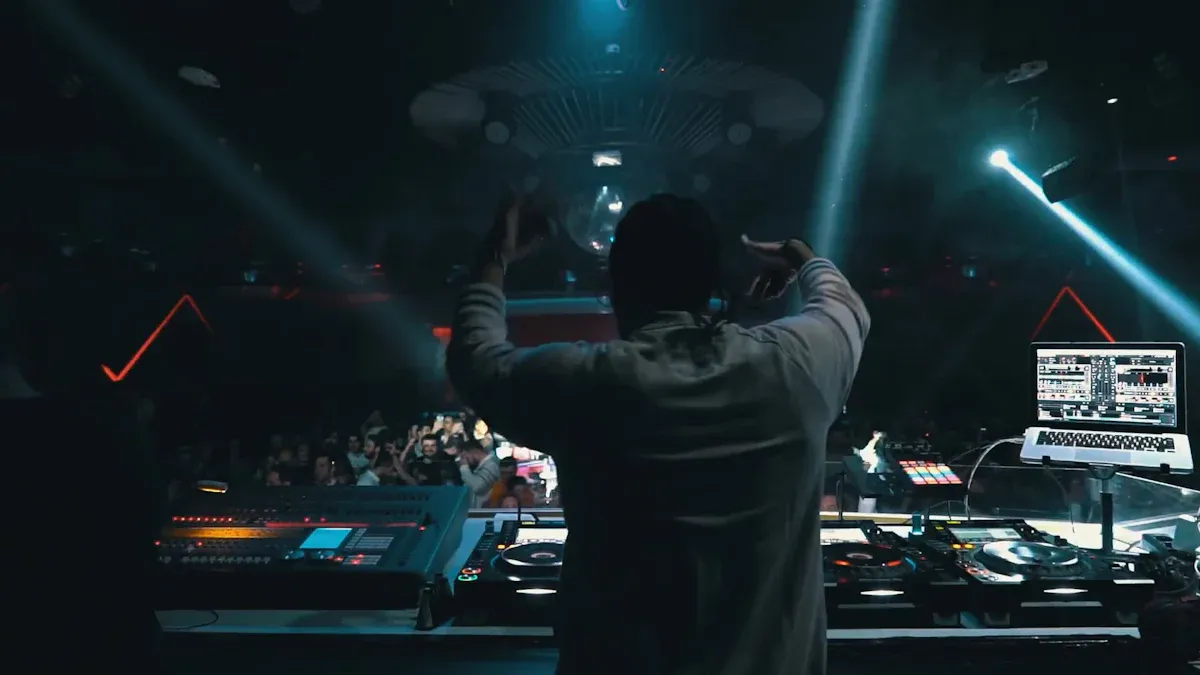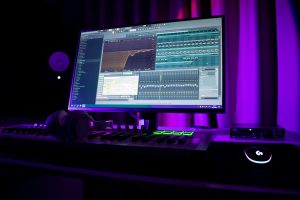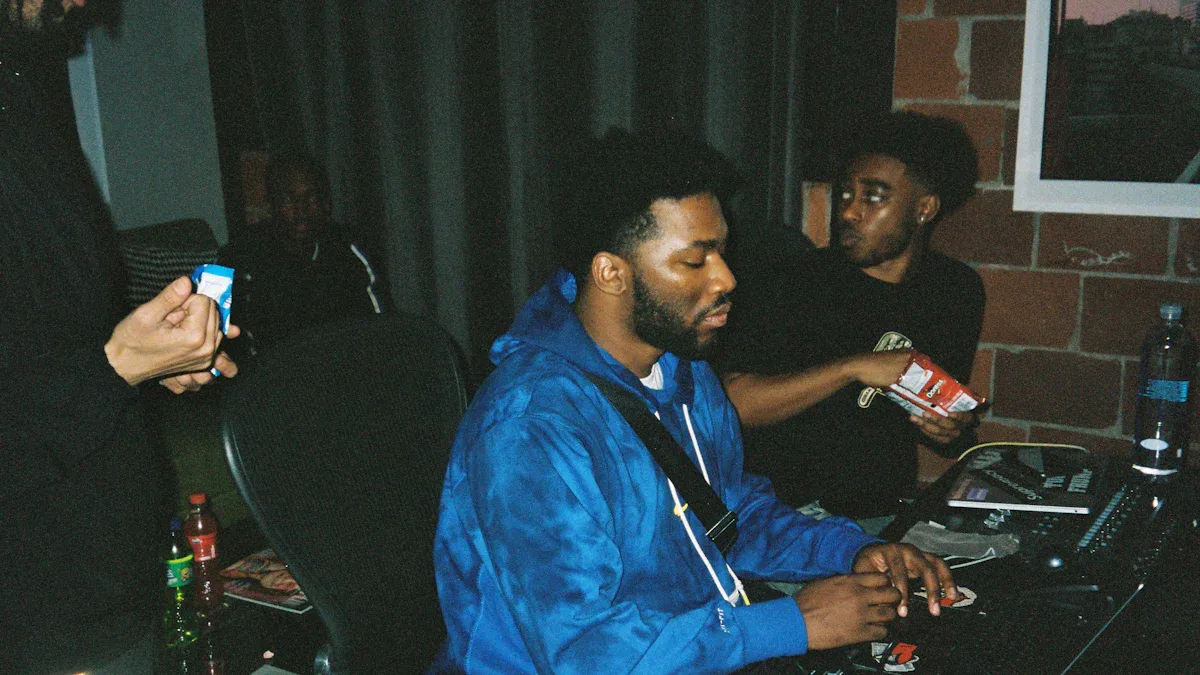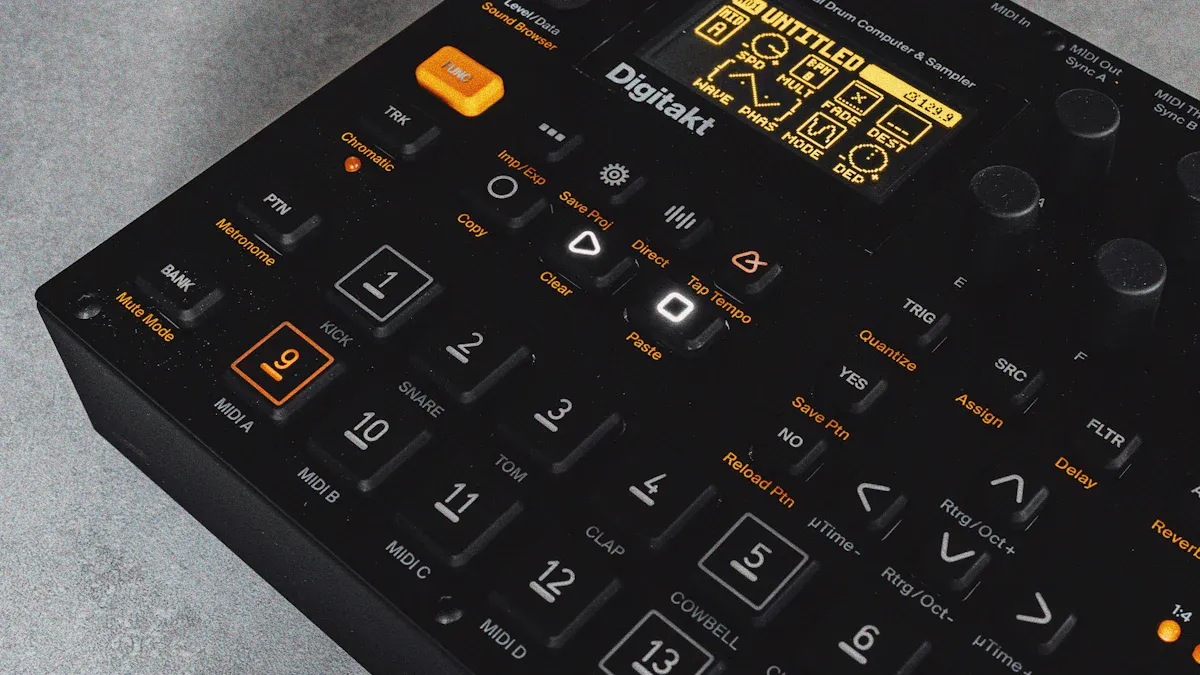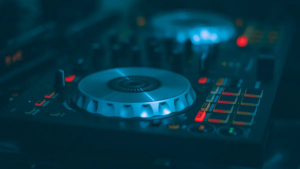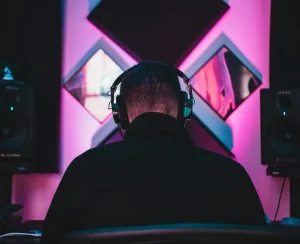Dubstep is a style of electronic music that stands out for its deep bass and catchy rhythms.
When someone asks what is Dubstep, they might notice how it makes people want to move.
The music often feels powerful, fresh, and full of energy.
Fans love Dubstep because it brings together a creative sound, exciting beats, and a strong community vibe.
Anyone curious about what is Dubstep will find it easy to spot by its heavy bass and unique style.
Key Takeaways
Dubstep is a unique electronic music style that started in South London and mixes sounds like dub, reggae, and UK garage.
Its signature sound features heavy bass, a wobble effect, and a half-time beat that makes people want to dance.
Dubstep music often uses simple, minimal sounds to highlight bass and rhythm, creating a powerful and fresh vibe.
The Dubstep community connects fans through dance events, big festivals, and active online groups worldwide.
Anyone can join the Dubstep scene by exploring music online, attending events, or even making their own tracks at home.
1. What is Dubstep
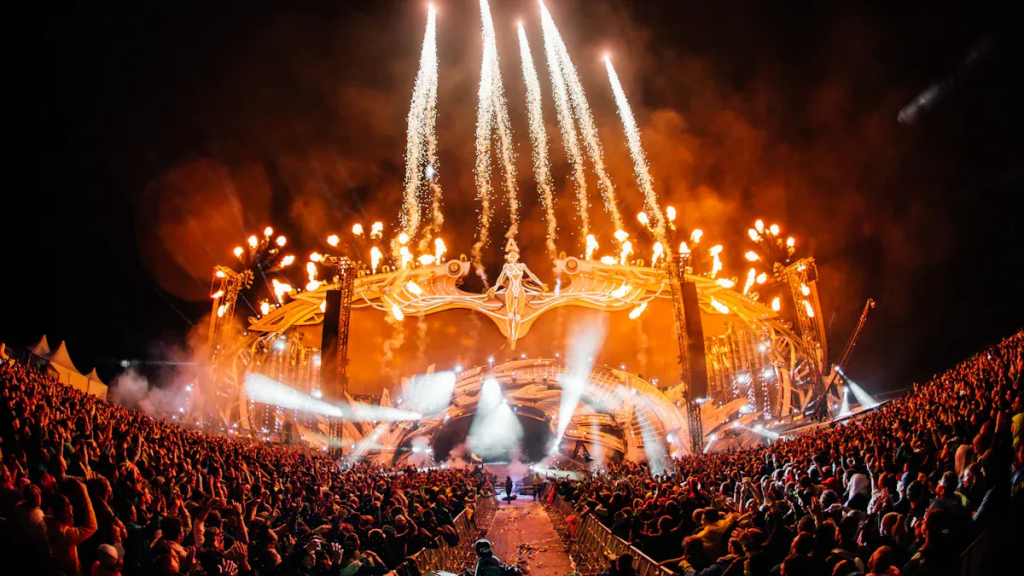
Origins
Many people wonder what is Dubstep and where it comes from. Dubstep started in South London in the early 2000s. The music grew out of a mix of styles, including UK garage, 2-step, dub, and reggae. DJs and producers wanted to create something new, so they blended these sounds together. Clubs like Forward>> and pirate radio stations such as Rinse FM played a big part in spreading the music. The name “dubstep” first appeared in 2002, thanks to Neil Jolliffe from Tempa Recordings. Early artists like Skream, Benga, and Digital Mystikz helped shape the sound.
Here’s a quick look at some key moments in Dubstep’s early days:
| Year/Period | Event/Fact | Details |
| 1999–2000 | Proto-dubstep productions begin | Early works by Oris Jay, El-B, Steve Gurley, Zed Bias |
| 2001 | Forward>> club night founded | First venue devoted to dubstep, held at Velvet Rooms, later Plastic People |
| 2002 | Term ‘dubstep’ coined | Neil Jolliffe of Tempa Recordings coins the term |
| 2003 | BBC Radio 1 DJ John Peel supports dubstep | Begins playing dubstep tracks |
| 2006 | DMZ Records first anniversary | Event draws 600 fans internationally |
Key Features
When people ask what is Dubstep, they often notice its unique sound. Dubstep tracks usually have a tempo around 140 BPM. The music uses heavy bass, syncopated drum patterns, and a special “wobble” effect on the bassline. Producers often place the snare drum on the third beat, which gives the music a half-time feel. The songs can sound dark, mysterious, or even a bit chaotic. Most tracks are instrumental and focus on rhythm and bass.
| Genre/Style | Typical BPM Range | Common Center BPM | Perceived BPM (Half-time Feel) |
| Dubstep | 135 to 145 BPM | 140 BPM | 70 BPM |
Genre Evolution
Over time, what is Dubstep has changed and grown. The genre started with underground parties and small clubs. As more people discovered the sound, it spread to bigger venues and festivals. Artists from other styles, like pop and hip-hop, began to use Dubstep elements in their music. The genre also inspired new styles, such as brostep and future garage. Today, Dubstep continues to evolve, showing up in video games, movies, and even commercials. The music’s journey from South London to the world shows how creative and powerful Dubstep can be.
2. Signature Sound
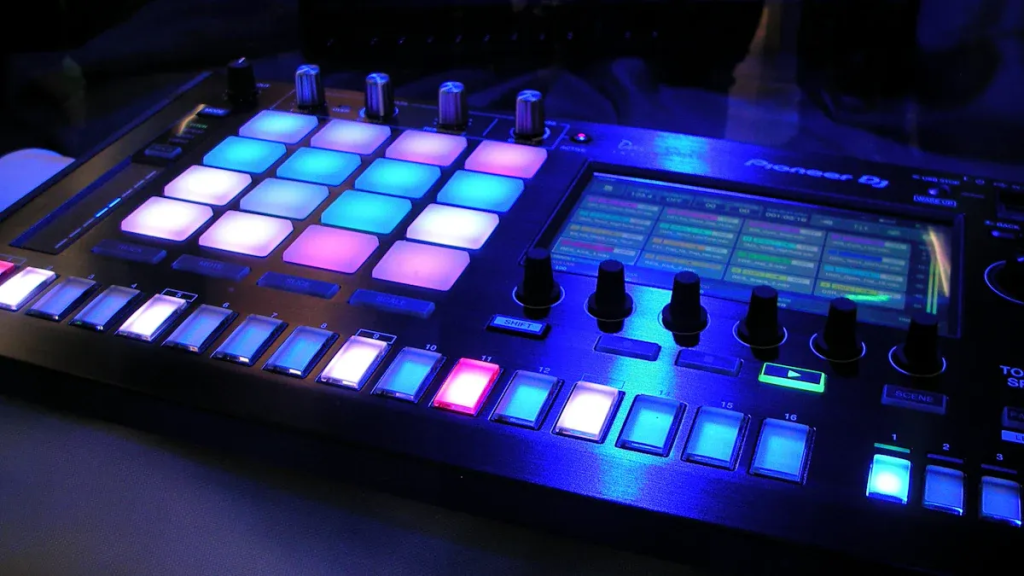
Bass and Wobble
Dubstep grabs attention with its bold bass. Producers use deep, low sounds that almost feel like a vibration in the chest. The “wobble” effect, often called the “wub,” makes the bassline move back and forth. This sound comes from changing the filter or volume quickly. Many fans say the wobble is what makes Dubstep so exciting. It gives each track a unique flavor. DJs love to play with these effects during live shows. The heavy bass and wobble help create a powerful energy on the dance floor.
Fun Fact: Some people describe the wobble as sounding like a robot talking or a spaceship taking off!
Rhythm and Structure
Dubstep uses special rhythms that set it apart from other music. The beats often feel slow, even though the tempo is fast. Producers place the snare drum on the third beat, which gives the music a half-time groove. This makes it easy for dancers to move and for listeners to nod along. The drum patterns are syncopated, meaning the beats hit in unexpected places. This keeps the music interesting and full of surprises. Many tracks use stripped-back percussion, so every sound stands out.
Here’s a quick look at common Dubstep song features:
| Feature | Description |
| Tempo | Around 140 BPM |
| Snare Placement | On the third beat |
| Percussion | Minimal, with sharp drum hits |
| Structure | Dark, heavy, sometimes chaotic |
Minimalism
Dubstep often follows a “less is more” approach. Many tracks use only a few sounds at once. This minimal style lets the bass and drums shine. The music is usually instrumental and repeats certain parts to build tension. Listeners can focus on each detail, from the wobble to the echoing effects. This simple structure helps fans recognize Dubstep right away. Market research shows that these signature sound elements help build loyal fan bases and boost music sales. Platforms like Beatport and SoundCloud make it easy for fans to find new tracks and connect with artists. The unique sound keeps people coming back for more.
3. Community and Culture
Dance and Events
Dubstep brings people together on dance floors all over the world. Fans love to show off their moves, especially styles like “popping” and “dubstep dance.” These dances use sharp, robotic movements and lots of energy. At live events, the crowd often forms a circle so dancers can take turns in the middle. Some people call this a “dance cypher.” DJs play loud, bass-heavy tracks that make everyone want to move. Many cities have regular Dubstep nights where friends meet up, dance, and enjoy the music together.
Did you know? Some dancers use LED gloves or light-up shoes to make their moves stand out even more!
Festivals
Big festivals celebrate Dubstep and its culture. Events like Lost Lands in Ohio and Rampage in Belgium attract thousands of fans each year. These festivals feature famous DJs, huge sound systems, and wild light shows. People travel from many countries to join the fun. The crowd often wears creative outfits, from neon colors to costumes. At these gatherings, everyone feels like part of a big family. The music, the lights, and the energy create memories that last a lifetime.
Here are some top Dubstep festivals:
| Festival Name | Location | Special Feature |
| Lost Lands | Ohio, USA | Dinosaur-themed stages |
| Rampage | Belgium | Largest Dubstep event |
| Bass Canyon | Washington | Scenic outdoor venue |
Online Scene
The Dubstep community thrives online. Fans share new tracks, dance videos, and memes on platforms like YouTube, Reddit, and Discord. Many producers upload their music to SoundCloud, where listeners can comment and connect. Online forums help people learn about new artists and upcoming shows. Some fans even join live streams to watch DJs perform from home. The internet helps Dubstep reach people everywhere, turning a local sound into a global movement.
Tip: Want to join the Dubstep scene? Start by following your favorite artists on social media and joining a fan group online!
Dubstep stands out for three cool reasons:
It answers the question, what is Dubstep, with a bold, bass-heavy style.
Its signature sound grabs attention and gets people moving.
The community brings fans together at events, festivals, and online.
Anyone curious about what is Dubstep can jump in and explore the music. There is always something new to discover, and everyone can join the fun!
FAQ
What makes Dubstep different from other electronic music?
Dubstep stands out with its heavy bass, wobble sounds, and half-time beats. Other electronic music often uses faster rhythms and lighter bass. Dubstep’s unique style makes it easy to spot at any party.
Can anyone make Dubstep music at home?
Yes! Many producers start with a laptop and free software. They use programs like FL Studio or Ableton Live. Anyone can experiment with beats and bass to create their own Dubstep tracks.
Is Dubstep only for dancing?
No, people enjoy Dubstep in many ways. Some listen while studying or gaming. Others love dancing at clubs or festivals. Dubstep’s energy fits lots of moods and activities.
Who are some famous Dubstep artists?
Some well-known Dubstep artists include Skrillex, Skream, Benga, and Zeds Dead. These artists helped shape the genre and inspire new producers every year.
Tip: Try searching for these artists on YouTube or Spotify to hear their biggest tracks!
